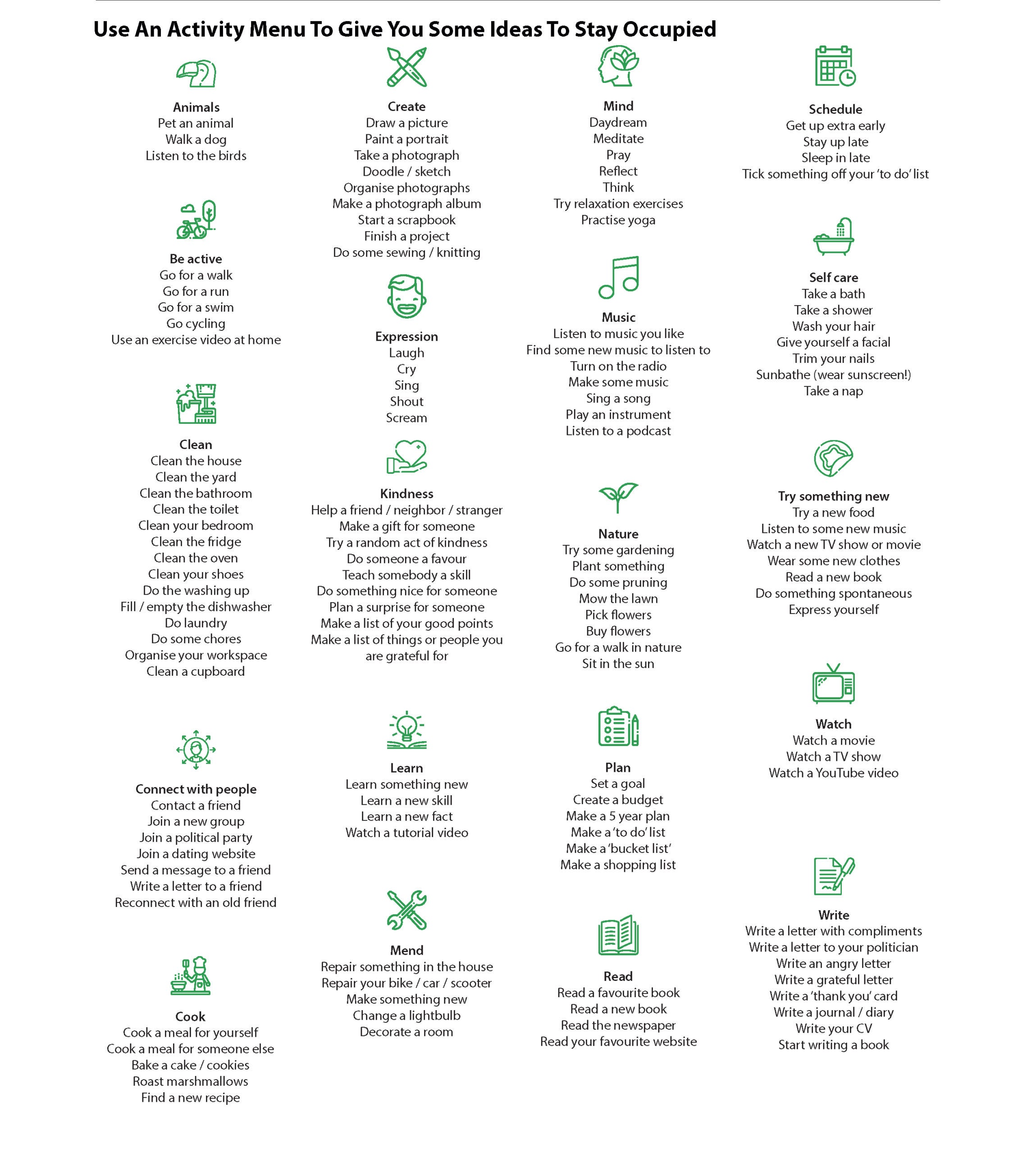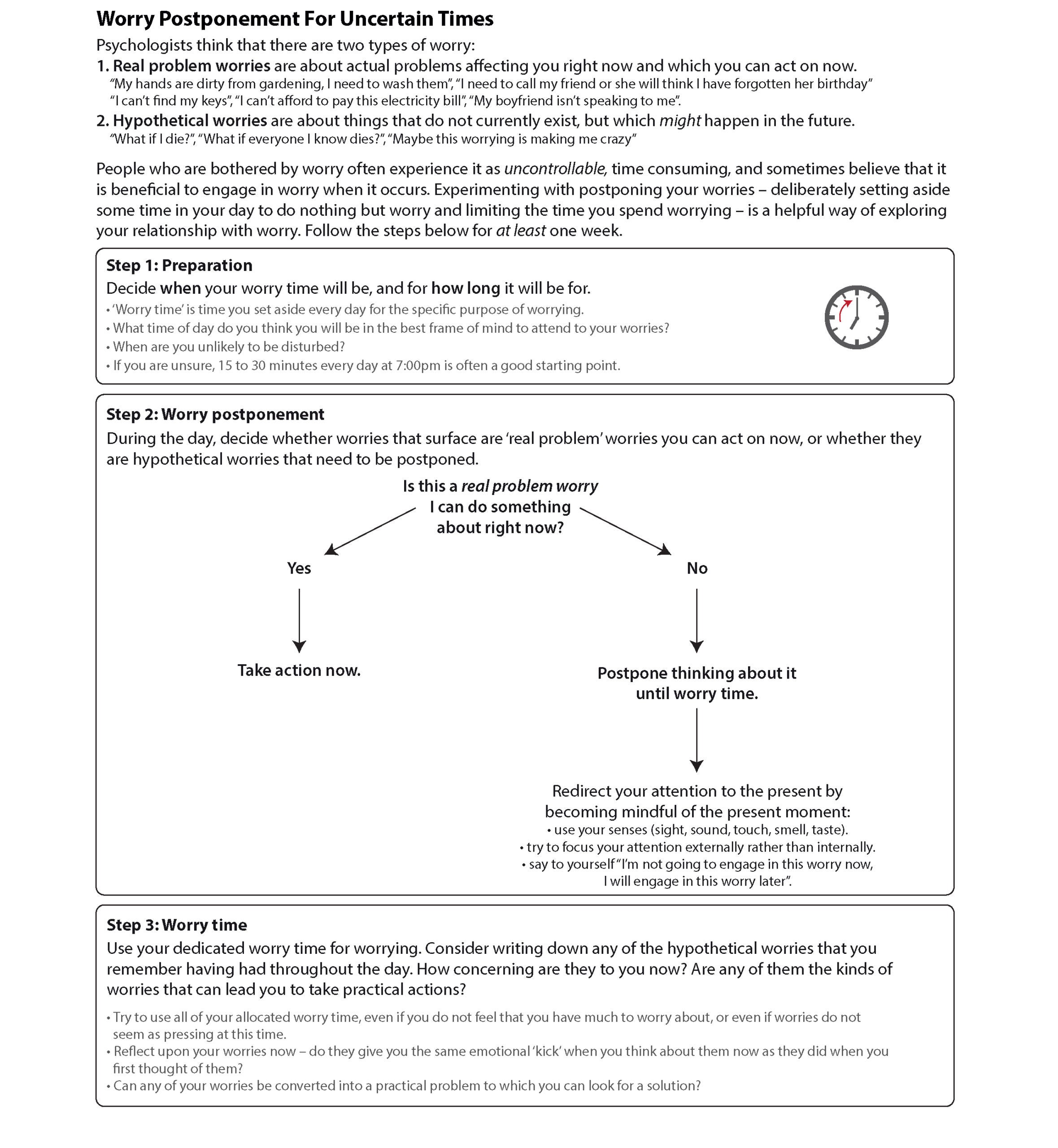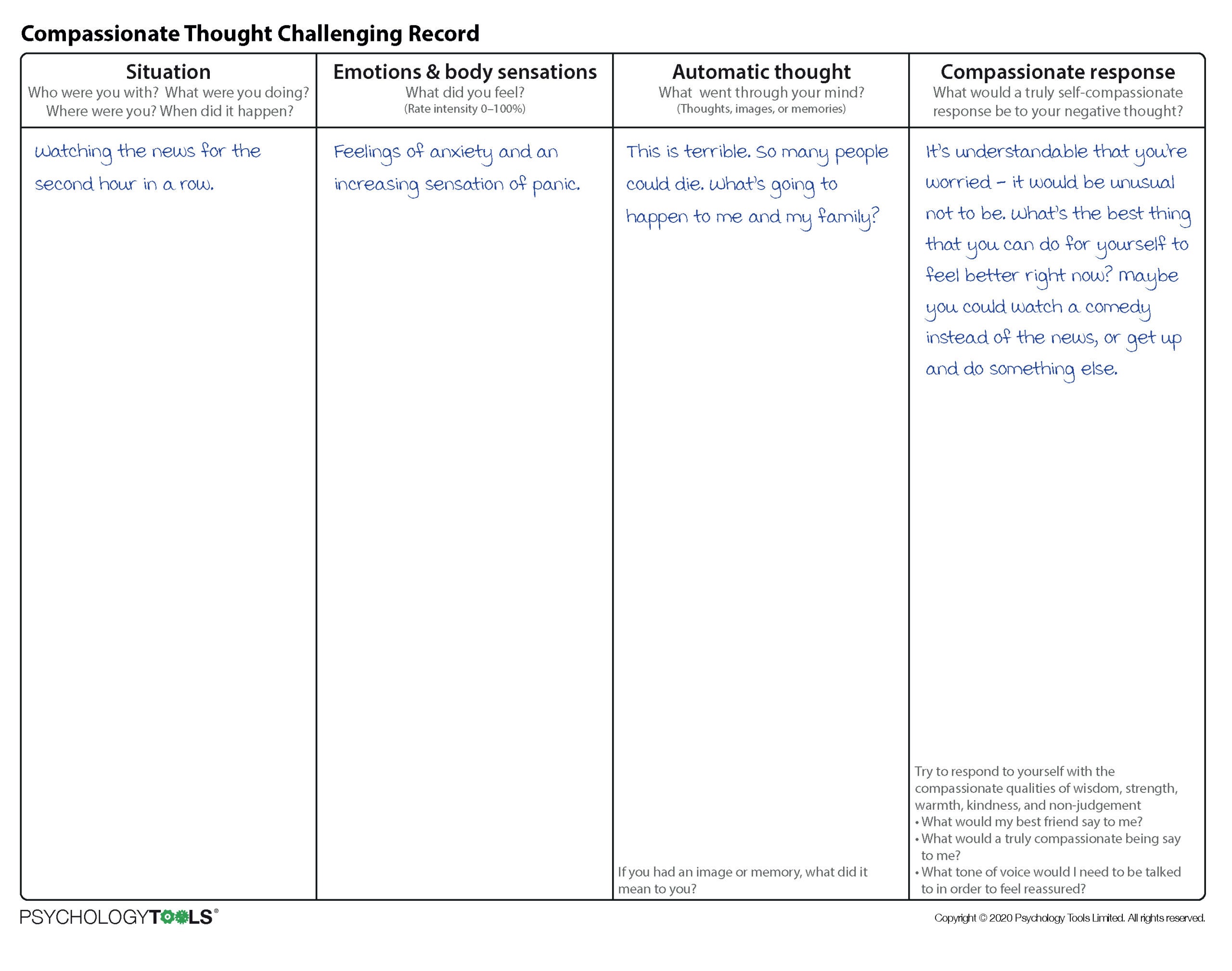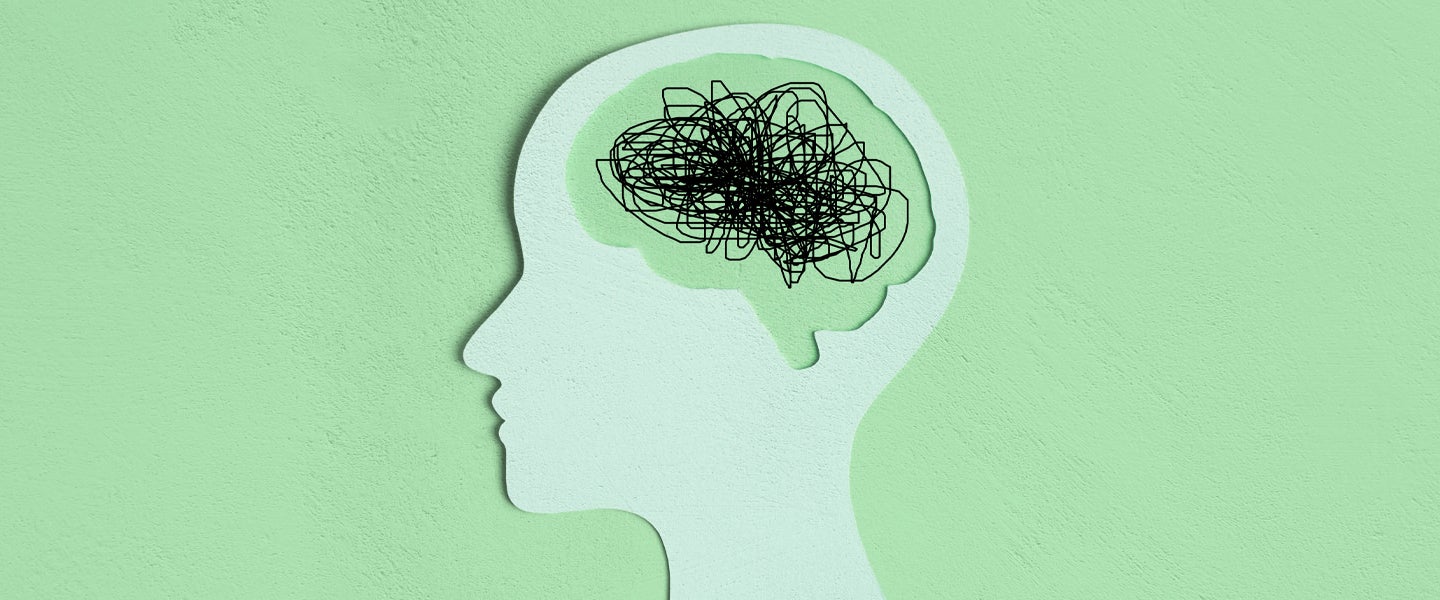Clinical psychologist Matthew Whalley likes to say that taking care of your mental health is like servicing a car — you have to do it regularly if you don’t want to have a full-blown breakdown.
The problem is, in quarantine, upkeep can be either impossible or only available via teletherapy and worksheets, which might not be enough to get the job done (especially since, at least in the case of worksheets, the material is based on life prior to the pandemic). “Worksheets are best thought of as specific tools for a specific job — and you wouldn’t use a hammer to fix your iPhone,” says Whalley, the director of the website Psychology Tools.
And so, in collaboration with fellow psychologist Hardeep Kaur, he created the “Free Guide to Living With Worry and Anxiety Amidst Global Uncertainty,” as a way of doing “something that would be useful to as many people as possible during this unusual time.”
Utilizing a blend of Cognitive Behavioral Therapy (CBT), Acceptance and Commitment Therapy (ACT) and Compassion Focused Therapy (CFT), the workbook (which has been translated into more than 30 languages), includes exercises, logs and infographics specifically tailored to coping during an indefinite and unprecedented crisis. “There are lots of different ways of getting help and feeling better, and therapy with a professional is just one of those ways,” Whalley explains. “Overall, we’ve had lots of great feedback from people who have been using our guide.”
Below are a few of the broad strokes…
Activity Menu
Depression and anxiety can be linked to boredom and a lack of structure, so Whalley recommends creating an activity menu to reference on quarantine days that move too slowly. The workbook gives an example divided by categories like animals (walk the dog, bird-watch, etc.) and try something new (a recipe, a book or a song) that people can shape to their own interests and needs. “This gives ideas for activities that can help you maintain your well-being during lockdown,” Whalley explains.
In other words, when you feel like there’s nothing to do except smoke weed, order takeout and generally feel like shit, you now have a better menu to choose from.

Worry Postponement Exercise
It’s never been more difficult to separate legitimate concerns from irrational anxieties, but the guide has several tools aimed at sorting that out — e.g., the “Worry Chain,” which demonstrates how a headache can escalate to a calamity quickly, and the “Decision Tree,” which separates concerns people can control from what they cannot.
The aim is to prevent “catastrophizing,” a “common example of a ‘cognitive distortion’ or ‘unhelpful thinking style,’” says Whalley, who notes that people who think of their significant other dying in a car crash anytime they don’t pick up the phone fall into this category.
But again, during a legitimate catastrophe it can be hard to know what qualifies as catastrophizing. The Worry Postponement Exercise helps on this count because it simply asks: “Is this a real problem that I can do something about right now?”
If the answer is yes, the solution can be more action-based (e.g., get an antibody test). If the answer is no (and most coronavirus concerns will fall into this category), the solution is to redirect attention to the present, alleviating stress by bringing you back into the moment, without having to judge the initial concern as rational or irrational.
Oh, and how do you stay present?
That’s what the activity menu is for.

Compassionate Thought Challenging Record
Thought record and mood racking logs are core staples in CBT that are available on many apps, websites and some self-help books in different forms. When you feel a strong emotional response and impulse to act out, thought records slow you down and force your brain to show its work before you do anything you’ll regret. The Compassionate Thought Challenging Record combines this traditional approach with CFT by placing a greater emphasis on self-compassion (i.e., being nicer to yourself). First, you name a situation, then the emotions and body sensations you’re feeling, followed by the automatic thought that comes next, and finally, a more compassionate thought.

Because if the next few months are to be filled with a lot of uncertainty (and possibly pain and loss), the least you can do is not be an asshole to the one you’re probably going to be stuck with the most — yourself.

